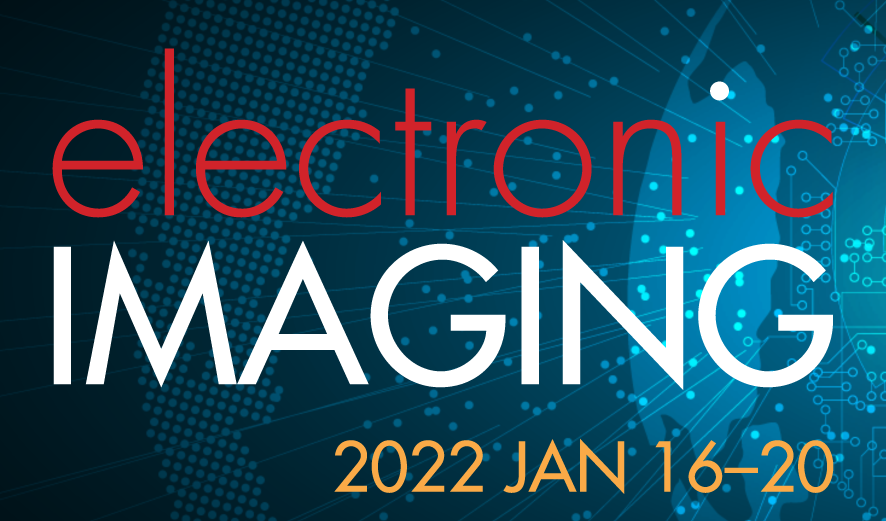
The Stereoscopic Displays and Applications conference (SD&A) focuses on developments covering the entire stereoscopic 3D imaging pipeline from capture to 3D display, to processing and perception. The conference brings together practitioners and researchers from industry and academia to facilitate an exchange of current information on stereoscopic imaging topics. The highly-popular conference demonstration session provides authors with a perfect additional opportunity to showcase their work. Large-screen stereoscopic projection is available, and presenters are encouraged to make full use of these facilities during their presentations. Publishing your work at SD&A offers excellent exposure—across all publication outlets, SD&A has the highest proportion of papers in the top 100 cited papers in the stereoscopic imaging field (Google Scholar, May 2013).
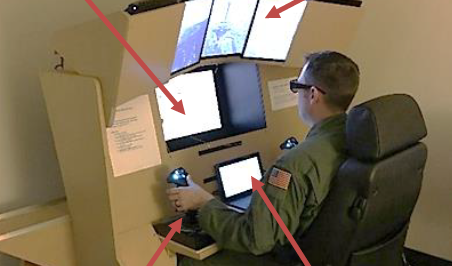
United States Air Force (USAF) vision tests have largely remained unchanged since WWII and therefore, it is unclear whether current standards are applicable for users of new humane-machine interfaces (e.g., stereoscopic remote vision system (RVS) in the KC-46 refueling tanker). This study examined the relationships between a range of early vision assessments, including Operational Based Vision Assessment (OBVA) lab-developed tests, an electronic version of the standard Titmus test, and the current Armed Forces Vision Tester (AFVT), and air refueling task performance using a stereoscopic RVS. Additionally, the relationships of these vision test scores to operationally-relevant subjective measures of visual fatigue were assessed. Results showed that OBVA measures of disparity discrimination, horizontal fusion, and horizontal phoria correlated with air refueling performance. OBVA measures of acuity, contrast sensitivity, disparity discrimination, and radial motion sensitivity were significantly associated with subjective measures of discomfort and visual fatigue. Notably, neither the electronic Titmus results, nor the AFVT measures were not associated with either air refueling task performance or subjective measures of discomfort and visual fatigue. Adjustments to the vision standards and test methods used for USAF aeromedical vision screening should therefore be considered.
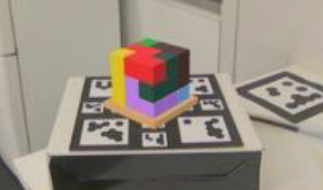
Mixed reality systems are often reported to cause user discomfort. Therefore, it is important to estimate the timing at which discomfort occurs and to consider ways to reduce or avoid it. The purpose of this study is to estimate the discomfort of the user while using the MR system. Psychological and physiological indicators during task were measured using the MR system, and a deep learning model was constructed to estimate psychological indicators from physiological indicators. As a result of 4-fold cross-validation, the average F1 value of each discomfort score was 0.602 for 1, 0.555 for 2, and 0.290 for 3. This result suggests that mild discomfort can be detected with a certain degree of accuracy.
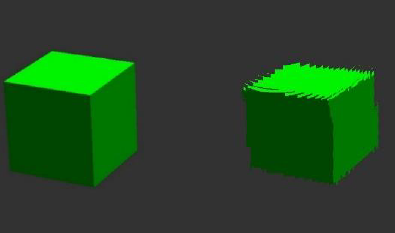
We propose a see-through cylindrical full-parallax light-field display which is viewable from all around 360 degrees. A rotating cylindrical surface created by the Holographic Optical Elements (HOE) provides a see-through image that enables multiple observers to view it with the real background scene without using any specific glasses. A high-speed projector is employed to realize this time-division projection system. It is set on the bottom of the display and directed towards a hyperboloid mirror which is placed on the top of the display. The rays projected from the projector is reflected by the hyperboloid mirror and the rays are incident on the rotating HOE surface. Then, as the cylindrical surface rotates, the rays are scanned horizontally and vertically by the HOE surface. Since the HOE has angular and wavelength selectivity, the rays from the projector is diffracted strongly. Otherwise, the rays from the real scene will not be diffracted by the HOE. Therefore, the proposed display achieves see-through, full-parallax and wide viewing zone. Furthermore, we performed computer simulation to verify the principle.
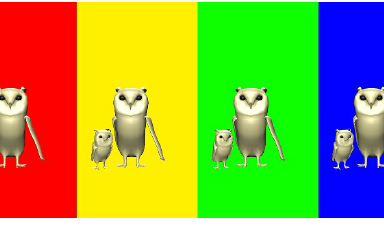
As the method of displaying the stereoscopic image in the air, there is a conventional method of combining the integral 3D display and the aerial display such as crossed mirror arrays. In integral 3D display, the number of usable pixels is smaller than that of a naked-eye three-dimensional (3D) display because images from many viewpoints are contracted and arranged in a row. Therefore, the integral 3D display cannot be displayed with high resolution. In this study, we propose a system that can provided clearer stereoscopic images. The proposal system is an aerial floating naked-Eye 3D display without the framework of the display. The results of the experiment confirmed that the obtained aerial image could provide different parallax images depending on the observation position, and naked-eye stereoscopic viewing was possible by observing different images with the left and right eyes.